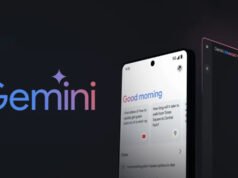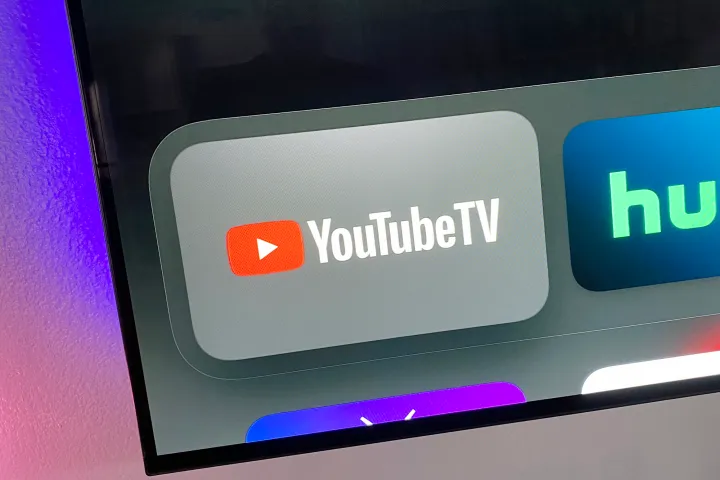The rise of generative AI tools has opened new avenues for marketers, offering the ability to create highly personalized and engaging visual content. These tools, such as DALL-E, Midjourney, and Adobe Firefly, enable marketers to generate images from textual descriptions, which can significantly enhance marketing campaigns.
Understanding Text-to-Image Generative AI
Text-to-image generative AI tools use complex algorithms and vast datasets to transform text prompts into images. These tools, like OpenAI’s DALL-E, generate high-quality visuals by understanding the context and nuances of the input text. Midjourney and Adobe Firefly offer similar capabilities, focusing on creativity and customization, which are crucial for crafting tailored marketing content.
Applications in Marketing
- Hyper-Personalized Marketing Campaigns: Generative AI can create personalized visuals for different customer segments. For example, a European telecommunications company used generative AI to produce hyperlocal outreach materials, tailoring messages to specific regional dialects and demographics. This approach led to a 40% increase in response rates and a 25% reduction in deployment costs.
- Product and Creative Development: Companies can accelerate product innovation by using text-to-image AI tools. An Asian beverage company utilized these tools to quickly develop and test new product concepts, drastically reducing the time needed for market entry.
- Cookieless Marketing: With the decline of third-party cookies, marketers are turning to AI to analyze first-party data and create targeted ads. Generative AI tools help in understanding user behavior and generating contextual ads, ensuring compliance with privacy regulations.
- Creating Buyer Personas: Generative AI can also aid in developing detailed buyer personas. Tools like ChatGPT and Bing Chat can analyze customer data to create realistic profiles, helping marketers design more effective campaigns.
Best Practices for Implementation
To effectively incorporate text-to-image generative AI tools, marketers should consider the following best practices:
- Start Small and Scale: Begin with a few key use cases that align with your marketing goals. Gradually scale up as you gain more insights and data from initial implementations.
- Ensure Data Privacy and Compliance: Use AI tools in a manner that respects user privacy and complies with data protection regulations. Collect explicit consent and be transparent about data usage.
- Human Oversight and Review: Despite the advancements in AI, human oversight remains crucial. Ensure that all AI-generated content is reviewed by human experts to maintain quality and accuracy
Challenges and Considerations
While generative AI offers numerous benefits, marketers should be aware of potential challenges:
- Risk of “Hallucinations”: Generative AI might produce outputs that are not grounded in reality. Implementing robust review processes can mitigate this risk.
- Bias and Ethical Concerns: AI models can inadvertently perpetuate biases present in training data. Marketers need to actively work towards creating unbiased and ethical AI-generated content.
Incorporating text-to-image generative AI tools in marketing strategies can revolutionize how brands create and distribute content. By starting small, ensuring data privacy, and maintaining human oversight, marketers can harness the power of AI to enhance personalization and engagement in their campaigns.


















